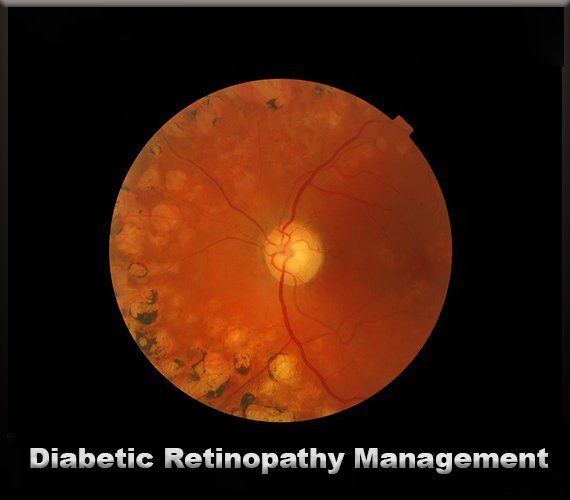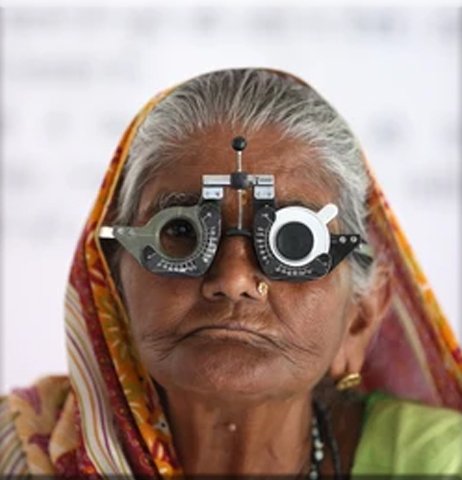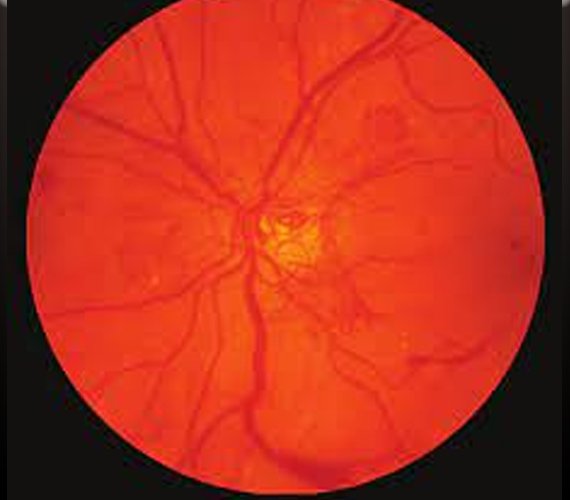

What is the first-line treatment for diabetic retinopathy?
The primary treatment for diabetic retinopathy, especially in its early stages, focuses on managing blood sugar levels, blood pressure, and cholesterol levels to prevent further damage to the blood vessels in the retina. This approach is crucial as it addresses the underlying cause of the condition, which is prolonged high blood sugar levels in individuals with diabetes.
Control of blood sugar levels is paramount in preventing and managing diabetic retinopathy. This often involves a combination of lifestyle modifications, such as a healthy diet, regular exercise, and adherence to prescribed medications, including insulin or oral hypoglycemic agents. Close monitoring of blood glucose levels, typically through self-monitoring or continuous glucose monitoring systems, allows for timely adjustments in treatment regimens to maintain optimal glycemic control.
Managing hypertension and dyslipidemia is also essential in the management of diabetic retinopathy. Controlling high blood pressure helps to reduce the risk of further damage to blood vessels in the retina, while controlling cholesterol levels can slow the progression of the disease.
In addition to systemic interventions, specific treatments targeted at the eye may be necessary depending on the severity of diabetic retinopathy. These may include laser therapy, which helps to seal leaking blood vessels and reduce the growth of abnormal blood vessels in the retina. Intravitreal injections of medications such as anti-vascular endothelial growth factor (anti-VEGF) agents may also be used to inhibit the growth of abnormal blood vessels and reduce macular edema.
Regular eye examinations by an ophthalmologist are crucial for early detection and monitoring of diabetic retinopathy. Early intervention and management significantly improve the prognosis and reduce the risk of vision loss associated with this condition. Therefore, individuals with diabetes should prioritize regular eye screenings as part of their overall diabetes management plan.



Frequently Asked Questions
Choose Jain Eye Hospital for expert eye care. With cutting-edge technology and compassionate specialists, we ensure optimal vision health for you and your loved ones.
Over time, cataracts will harm your vision. Cataract surgery can bring back your vision. However, a possible complication of cataract surgery is an "after-cataract." An "after-cataract" happens when part of the natural lens that is purposely not taken out during cataract surgery becomes cloudy and blurs your eyesight.
How painful is cataract surgery? Most people feel little or no pain during or after cataract surgery. You'll receive a topical anesthetic (eye drops) to numb your eye during the surgery. Shortly after surgery, your eye may feel gritty or slightly tender, but over-the-counter pain medicine should improve this.
Many factors can induce inflammation of ocular surface, including DED, pathogens, and allergic reactions. Acute inflammation is usually beneficial, as it promotes the process of healing. But chronic inflammation may result in cell damage or even cell death.
Diagnosis and treatment of inflammatory eye diseases are important. They can cause permanent damage to the eyes and vision loss that cannot be reversed. If you notice any of the signs or symptoms of inflammatory eye disease, make an appointment to see your eye doctor right away for a complete eye exam.
We are the best
Welcome to Jain Eye Hospital, where your vision is our priority. With a legacy of excellence spanning over three decades, we are committed to providing world-class eye care services with compassion, expertise, and cutting-edge technology.
- expert in eye care.
- State-of-the-art facilities.
- Comprehensive services.
- Patient-centered approach.
Our Services


Diabetic Retinopathy Management
Such as photocoagulation or panretinal photocoagulation, halts blood and fluid leakage and shrinks abnormal vessels in the eye.
Read More
Ocular Inflammation
Ocular inflammation is inflammation of the eye, which can be caused by many factors, including pathogens, allergic reactions, and DED.
Read More
Visual Field Analysis
A visual field test, also known as a perimetry test, is a painless eye exam that measures the area of vision and how sensitive it is in different parts.It can detect blind spots in your vision.
Read MoreWe are available 24/7
We are Always Ready For A Challenge.
Satisfied Patients
Patient satisfaction is an attitude. Though it does not ensure that the patient will remain loyal to the doctor or the hospital, it is still a strong.
Awards
Highly skilled medical professionals offering specialized care and advanced treatment modalities.


How is diabetic retinopathy managed?
Diabetic retinopathy is a serious complication of diabetes that affects the eyes. It occurs when high blood sugar levels damage the blood vessels in the retina, leading to vision problems and potentially blindness if left untreated. Managing diabetic retinopathy involves a combination of medical interventions, lifestyle changes, and regular eye screenings to prevent further damage and preserve vision.
One of the primary approaches to managing diabetic retinopathy is controlling blood sugar levels. This typically involves a combination of diet, exercise, and medication as prescribed by a healthcare professional. By maintaining tight control of blood sugar levels, the progression of diabetic retinopathy can be slowed or even halted in some cases.
Another crucial aspect of managing diabetic retinopathy is controlling blood
pressure and cholesterol levels. High blood pressure and cholesterol can exacerbate the damage to blood vessels in the retina, so medications and lifestyle modifications may be recommended to keep these levels within a healthy range.
Regular eye examinations are essential for monitoring the progression of diabetic retinopathy and detecting any changes early on. These exams, which may include dilated eye exams and imaging tests, allow eye care professionals to assess the health of the retina and determine the appropriate course of action.
In some cases, treatment may be necessary to prevent vision loss or improve vision in individuals with diabetic retinopathy. One common treatment option is laser therapy, which involves using a laser to seal off leaking blood vessels or shrink abnormal blood vessels in the retina. This can help reduce swelling and preserve vision.
In more advanced cases of diabetic retinopathy, injections of anti-VEGF medications may be recommended. These medications help reduce the growth of abnormal blood vessels and can slow the progression of the disease.
In severe cases where vision loss has occurred, surgical procedures such as vitrectomy may be necessary to remove blood or scar tissue from the eye and improve vision.
In addition to medical interventions, lifestyle changes such as quitting smoking, maintaining a healthy weight, and exercising regularly can also help manage diabetic retinopathy and reduce the risk of further complications.
Overall, managing diabetic retinopathy requires a comprehensive approach that addresses both the underlying causes of the disease and its effects on the eyes. By controlling blood sugar levels, monitoring blood pressure and cholesterol, undergoing regular eye exams, and receiving appropriate medical treatments, individuals with diabetic retinopathy can help preserve their vision and reduce the risk of blindness.


